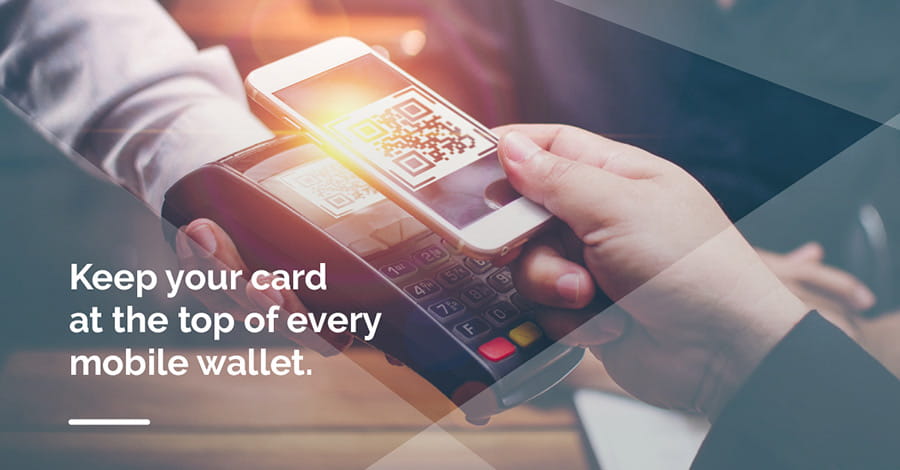
Consumers have never had more options when it comes to payment methods, thanks to innovations like mobile wallets, wearables, QR code-initiated payments, and account to account payment options. But what impact do these new payment types have on card issuers and acquirers? How might they need to reconsider their current offering to ensure they continue to be perceived as a relevant, valuable and convenient payment type?
In the Q& A that follows, FIS’ Matt Collicoat, head of global payments innovation and strategy, explains how card issuers can plan to strategically protect their cards business, despite the rising popularity of invisible payments.
Q: Of payments made by mobile wallets, QR code, account to account payments or wearables, which will be most disruptive to the cards business over the next five years?
A: The current disruption we are seeing around the world in QR codes hints to just how beneficial these types of alternative payments types can be. Nothing integrates faster to a merchant community and we’ve seen emerging markets leap-frog years of evolution by simply going straight to a QR code solution. The only thing that existing issuers and acquirers can do here is get on board with their own solution.
Q: How can card issuers translate the best characteristics of cards to become digital friendly?
A: Compared to alternatives like cash or checks, the best part of cards has and will continue to be the secure, ubiquitous and easy nature of card payments. Now the digital payment mechanism must continue to offer this value—in addition to being always-on, incredibly fast and easy to setup.
Q: With the rising popularity of invisible payments, should card issuers focus more on delivering cardholders convenience, or control? How can card issuers ensure they’re delivering it?
A: Cardholders have a certain expectation that the bank is managing things for them. If something is perceived as inconvenient--and it could be the slightest little thing--it will annoy a cardholder every time they use the card. Card issuers need to stop thinking about products (or even solutions) and start to think in terms of experiences. People are going to expect the growing simplicity they see in every other digital experience and same level of frictionless interaction with their card issuer.
Issuers also need to look to how to get their product to be the card that is loaded into the app for invisible payments. Once it’s loaded very few people change it; it’s a very “sticky” outcome. Offering incentives to change will become important but making it easy to load in the first place will be key.
Q: We’ve seen trends moving to outsourcing credit and debit card processing in recent years. What is driving this and what benefits does it offer?
A: If a bank or retailer can outsource their payments to a trusted partner who can keep the basic functions working seamlessly, stay current with ever- increasing regulation, ensure a secure experience and also provides access to solutions that are easy to integrate with, they become free to design and implement new and innovative payments products, either in house or with other partners.
However, the industry is changing so fast, one of the most important capabilities for an outsourced solution is not what the trusted partner can do today (although that is important), but how easily they can integrate with yet unknown partners/networks/systems that will emerge in the future.
To learn more about the changing role of cards and how you can prepare your cards business to stay competitive, click here.
Jumpstart your day in a matter of seconds with quick snapshots of industry trends and leading perspectives delivered straight to you. Sign up for RISE here.
Tags: Innovation, Payments